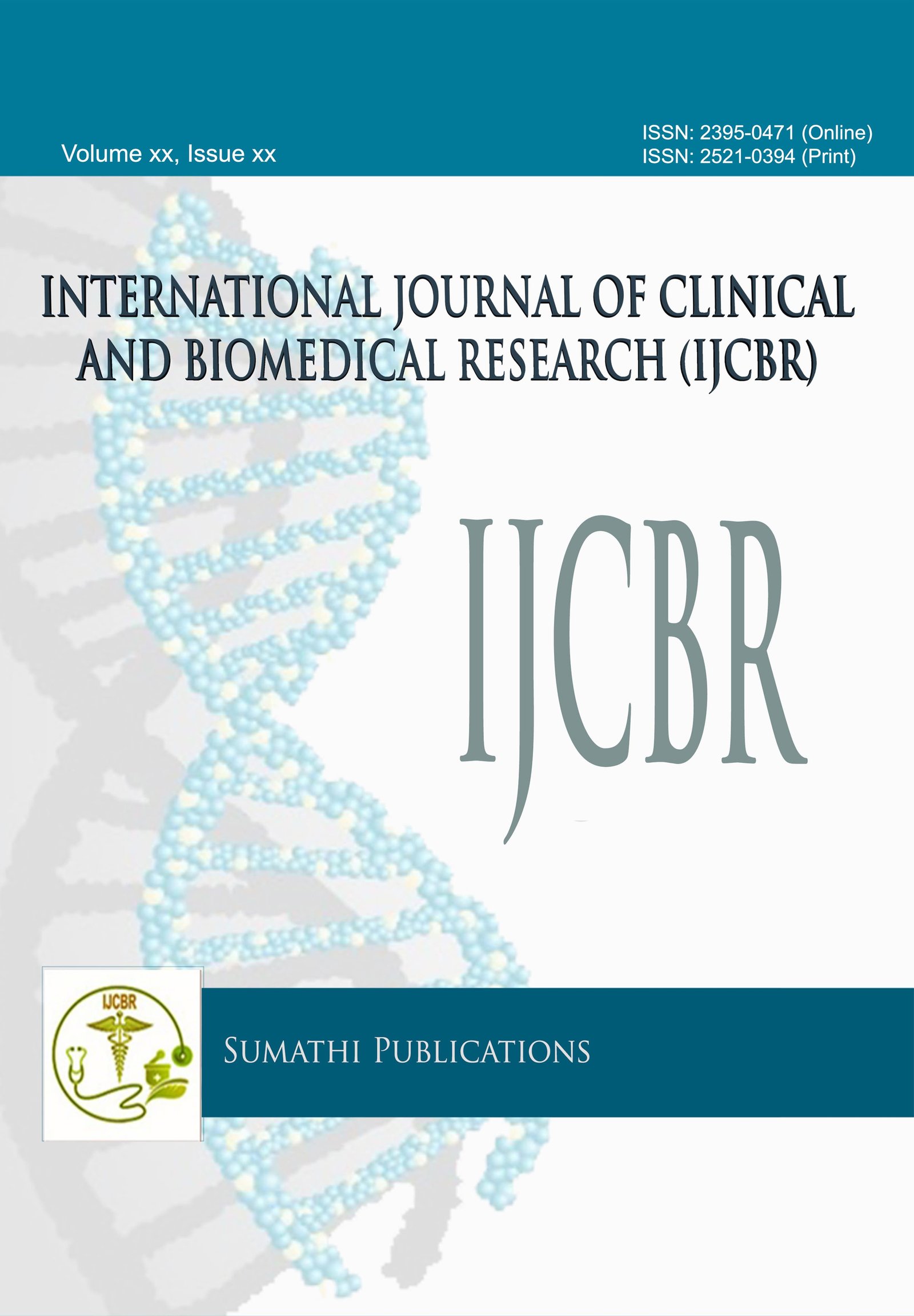Synthesis of novel heterocyclic Quinolone compound for anti -tubercular activity
DOI:
https://doi.org/10.31878/ijcbr.2018.43.10Abstract
In last few decades, though significant progress has been made in the treatment and control strategies of tubercular infections by introducing new diagnostic and monitoring tools and combination therapy, it still continues to be severe problem. The need of study was only because of there are many drugs in market to treat infection but most of the drugs are showing resistance because of the same it is difficult to treat the infection. In this study we chosen quinolone nucleus for study and over it. Thus with the aim of developing novel molecule with improved potency for treating Mycobacterium tuberculosis H37Rv strain infections and with decreased probability of developing drug resistance. Methodology: The synthesis of Quinolone derivatives, starting from substituted aniline and ethyl acetoacetate, by conventional organic reaction and results of investigations of their anti-mycobacterial activity. Results: MICs of the synthesized compounds are compared with existing drugs Cytotoxicity. The substituted quinolones are synthesized by taking mixture of 7-substituted-2-(3-chloro-2-oxopropyl) quinolin-4(1H)-one and different secondary amines. Many compounds have shown promising activity while some were inactive. Conclusion: It was found that Compound A1, A3, B1, B3, have shown promising anti tubercular activity whereas compound A2, A4, B2, B4 were showing moderate anti tubercular activity against std. Streptomycin.
Downloads
Downloads
Published
Issue
Section
License
The journal allows the author(s) to hold the copyright without restrictions and will retain publishing rights without restrictions.
The submitted papers are assumed to contain no proprietary material unprotected by patent or patent application; responsibility for technical content and for protection of proprietary material rests solely with the author(s) and their organizations and is not the responsibility of the journal. The main (first/corresponding) author is responsible for ensuring that the article has been seen and approved by all the other authors. It is the responsibility of the author to obtain all necessary copyright release permissions for the use of any copyrighted materials in the manuscript prior to the submission.
What are my rights as an author?
It is important to check the policy for the journal to which you are submitting or publishing to establish your rights as
Author. Journal's standard policies allow the following re-use rights:
- The journal allows the author(s) to hold the copyright without restrictions.
- The journal allows the author(s) to obtain publishing rights without restrictions.
- You may do whatever you wish with the version of the article you submitted to the journal.
- Once the article has been accepted for publication, you may post the accepted version of the article on your own personal website, your department's website or the repository of your institution without any restrictions.
- You may not post the accepted version of the article in any repository other than those listed above (i.e. you may not deposit in the repository of another institution or a subject-matter repository) until 12 months after publication of the article in the journal.
- You may use the published article for your own teaching needs or to supply on an individual basis to research colleagues, provided that such supply is not for commercial purposes.









